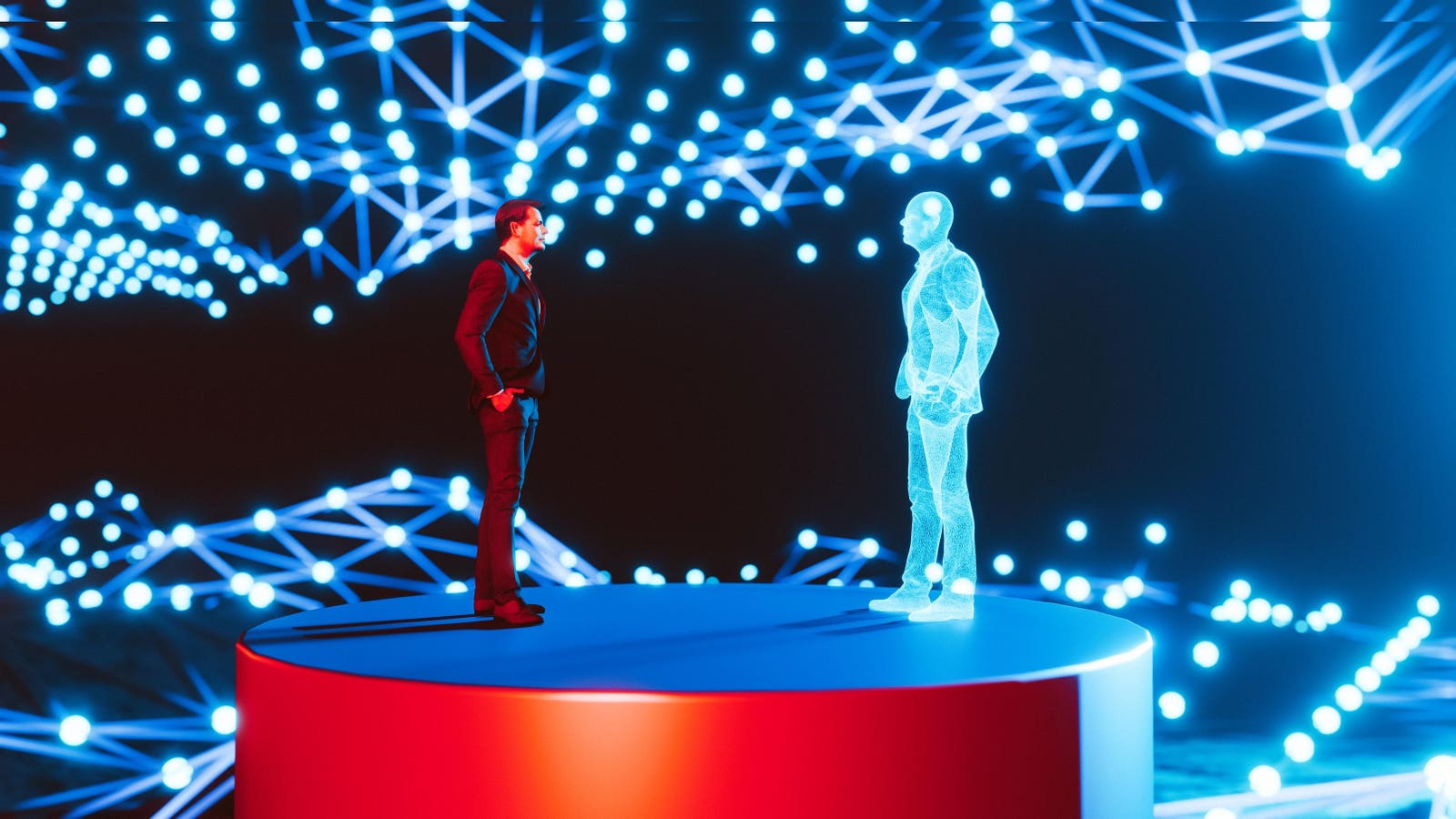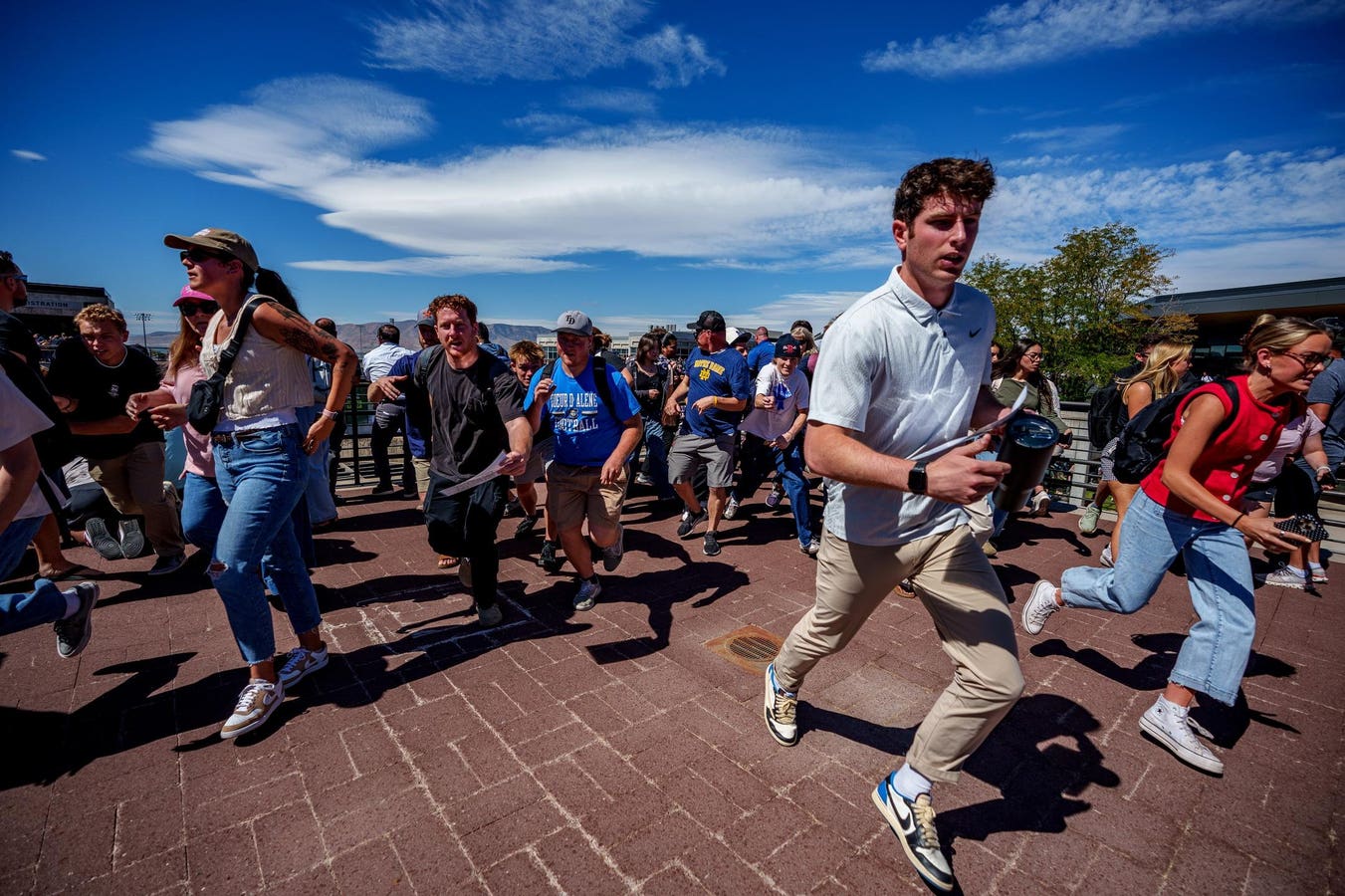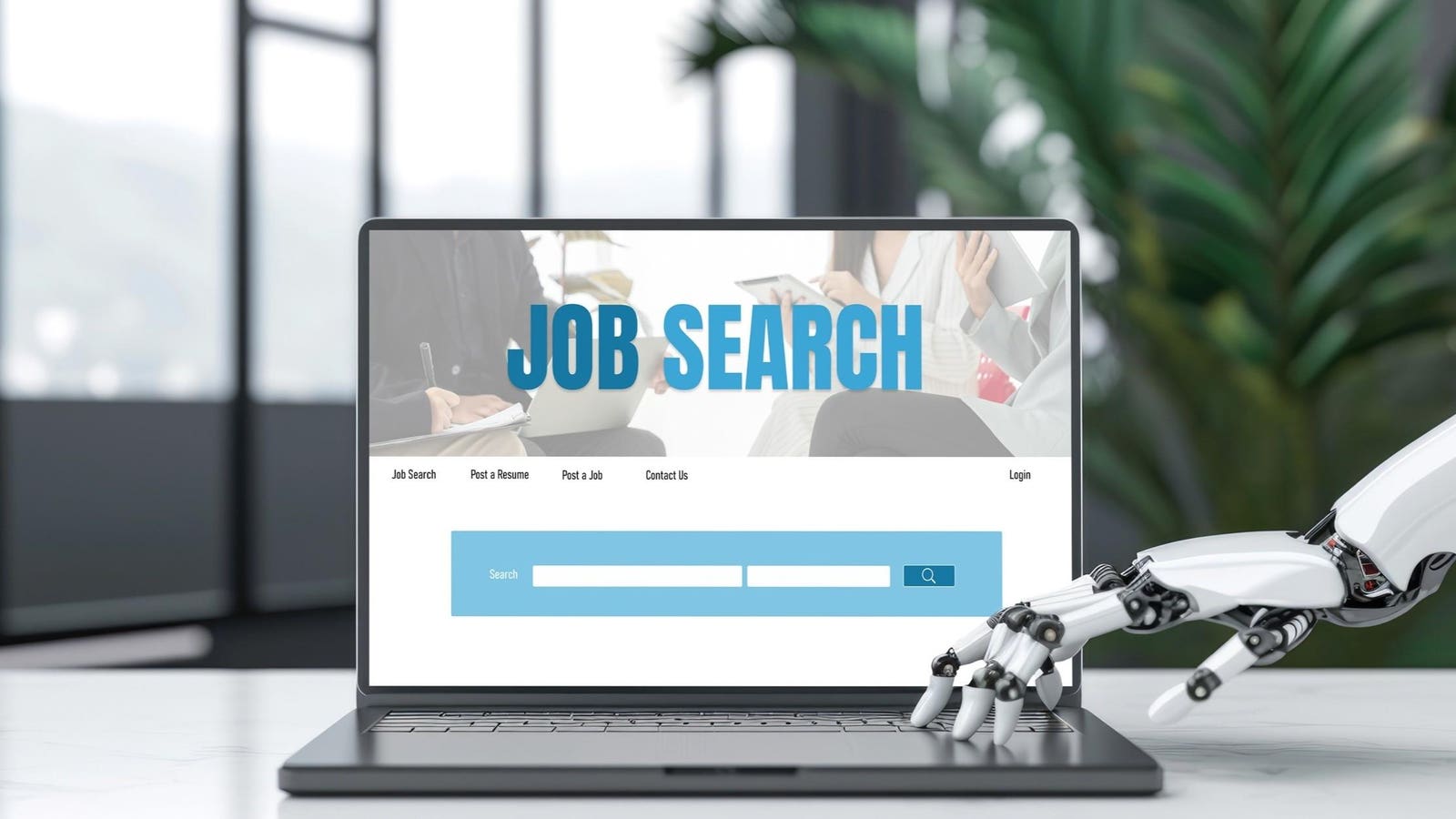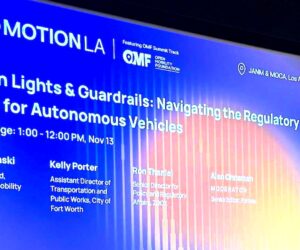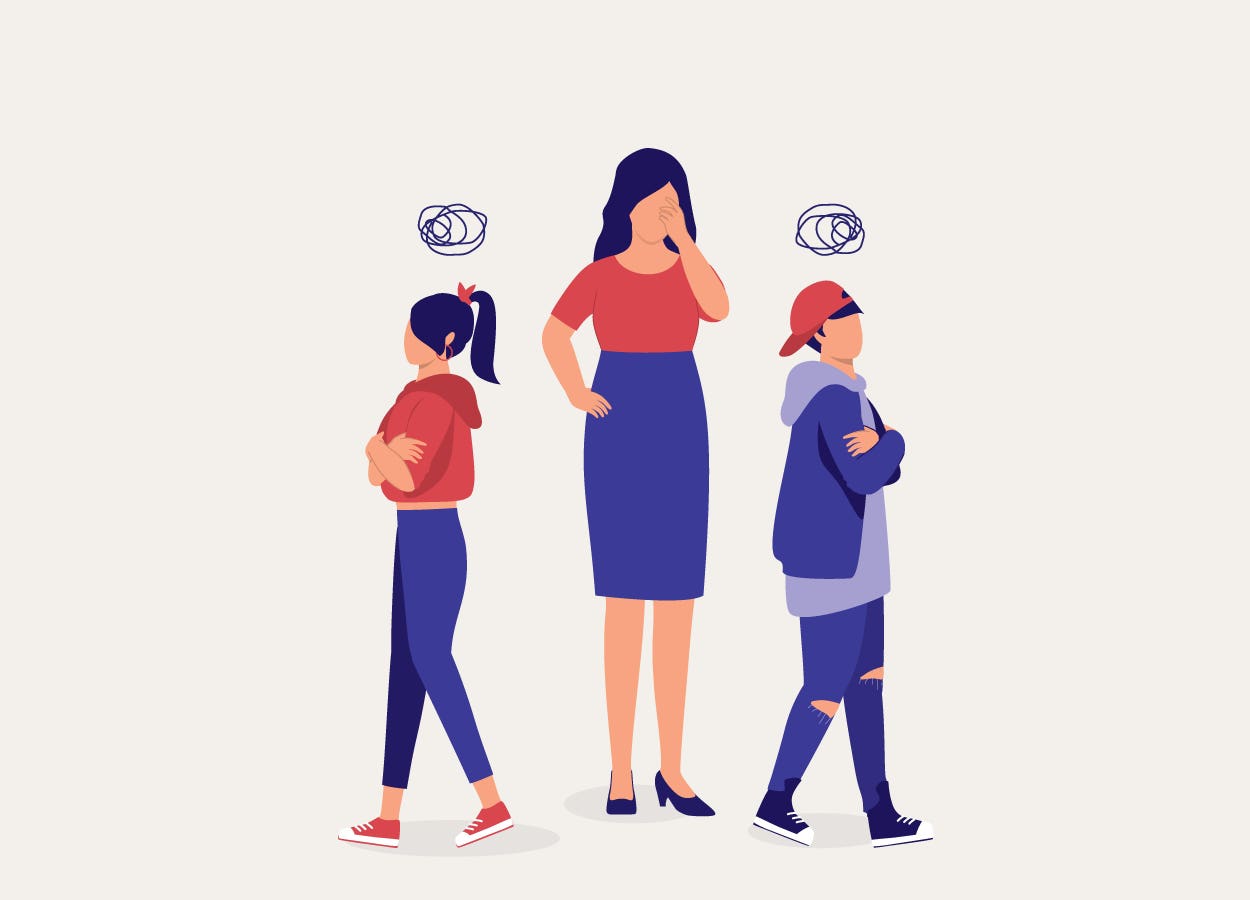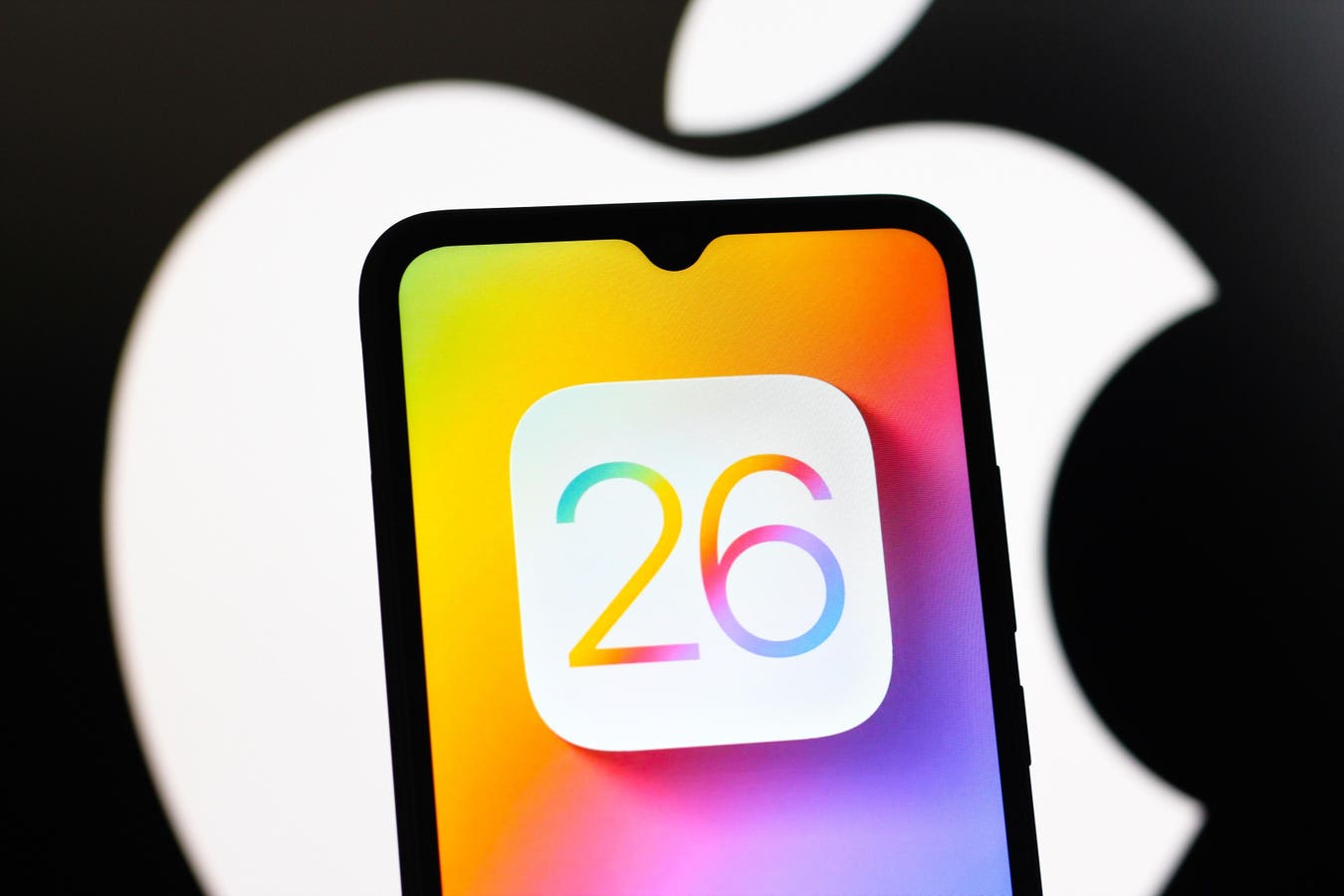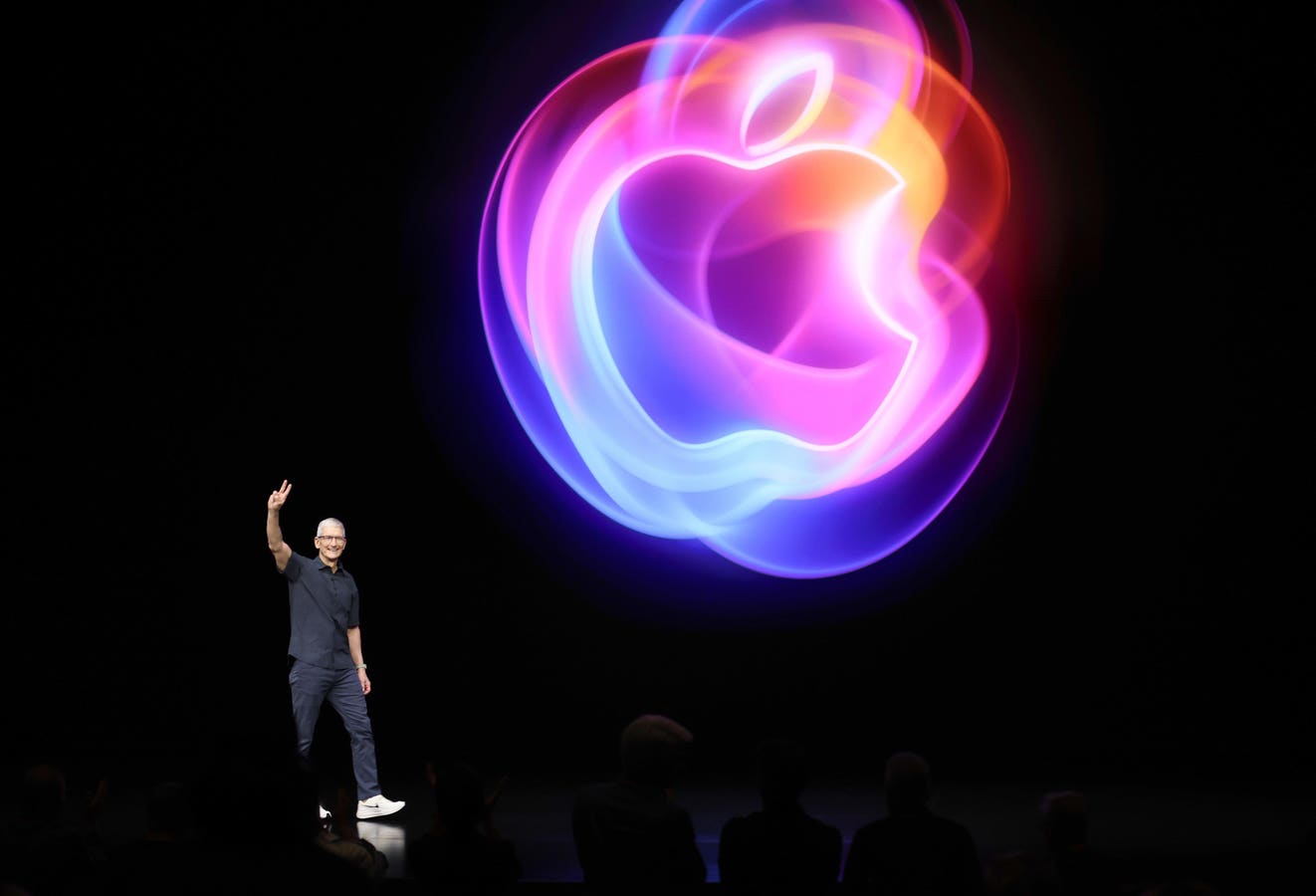Raghu Para is a tech exec with over 15 years of progressive experience in software, artificial intelligence and machine learning.
In a world where AI can do everything from writing poetry to diagnosing diseases, it’s no surprise that it could cogently step into the deeply personal realm of digital legacy preservation. This isn’t just about scanning old, obscure photos or digitizing grandma’s recipes (though let’s be honest, her secret cookie formula deserves its own folder). This is about crafting interactive, dynamic and evolving AI-powered digital clones that capture the essence of us and our personalities, quirks, banter and bland jokes.
As an AI architect and researcher with more than 15 years of experience at the intersection of personalization, computational linguistics and applied machine learning, I’ve long explored how technology can capture human nuances. Through GPT-powered personalization engines, multimodal intent prediction and my two patent-pending inventions, one enabling emotionally responsive live interactions and the other deploying intelligent edge-based multi-agent systems, I’ve helped architect lifelike, adaptive digital clones that closely mirror their human source.
For terminally ill patients, this intelligent technology can offer an unparalleled opportunity to leave behind a “persistent” digital presence that transcends time and forever registers a living immutable self. Imagine a world where loved ones can continue to talk to them, hear their laugh, learn and relive cherished moments. So let’s boot up! Read along to explore how, with AI, we can engage with legacy in real time and people can live on in the cloud, one byte at a time.
Traditional Legacy Preservation: Spoiler, It’s Boring!
Let’s be honest, traditional methods of preserving memories, such as archiving photo albums, handwritten letters and home videos, are about as exciting as watching a Windows 95 screensaver. Sure, they’re nostalgic, profoundly wistful and intimate, but they’re extremely static. They don’t evolve, respond or crack that signature dad joke one last time.
For Gen Z and Millennials, legacy now often means a 15-second TikTok with trending audio, a quirky transition and a caption that says, “POV: You’re vibing with your ancestors.” It is quick, engaging but also fleeting.
Meanwhile, for the aging Boomers and Gen X, the future alongside tech is raising an uncomfortable question: How do you craft a memorable send-off in an era where attention spans are shorter than a buffering YouTube ad?
Wouldn’t it be better if, instead of leaving behind just words on paper, people could create a digitally interactive (or even a prouder) version of themselves?
The Birth Of AI-Powered Digital Clones: Not As Creepy As It Sounds!
AI-generated digital clones may sound like a lost script from Black Mirror (or a rip-off from the old Stanley Kubrick movies, Boomers might think), but they already are a reality. These avatars, built from machine learning, natural language processing (NLP) and deep neural networks, are trained on human speech patterns and thought processes.
Here’s a glimpse into the technical underpinnings:
Data Collection: Crafting The Persona
The process begins with garnering vast amounts of texts, voice messages, social media activity and even facial expressions. The more data, the better the AI can capture the person’s unique personality (privacy concerns aside). Cutting-edge models like OpenAI’s GPT-4 and Whisper for voice, as well as Meta’s Voicebox, are already capable of processing and synthesizing this data to build hyper-personalized linguistic and vocal models.
Model Training: Mimicking The Mind
Machine learning models analyze patterns in speech, behavior, emotional responses and context. This allows it to create a model that mimics the person’s thought process. Through reinforcement learning and natural language generation (NLG), the digital persona predicts responses that reflect the person’s mindset. Transformer-based architectures (like GPT) use attention mechanisms to analyze speech patterns, ensuring the AI response makes sense.
Hyper-Personalization: Maturing The Clone
The AI doesn’t stop with mimicking; it adapts. By incorporating newer inputs and messages from loved ones or updates on family events, the digital clone evolves over time, staying relevant and true to the person’s real presence. Few-shot and continual learning techniques allow the AI to adapt while maintaining the original speech integrity, so it still feels like the person.
User Interaction: Celebrating The Persona
The digital clone is made accessible through user-friendly interfaces and conversational bots. With more advancements, these clones could soon become lifelike holograms, capable of offering advice or cracking jokes from the digital afterlife.
Imagine your great-grandparents now talking to you. And cracking a joke about how, back in the day, TikTok was just a clock sound!
The Impact: More Than Just Vector Embeddings!
While the technology is mind-blowing, the real value lies in its human impact. For acutely ill patients, creating a digital clone offers comfort and ensures their voice, love and wisdom live beyond their time.
For loved ones, this creates a meaningful intersection to grief, offering a solace without replacing the person. Beyond memory preservation, AI fosters intergenerational connections, linking their past and the future. It’s more than remembrance; it’s about sustaining human connections beyond time.
Where Do We Go From Here?
No cutting-edge technology is without ethical trip wires. Privacy, AI authenticity and emotional boundaries must be carefully addressed. Who controls digital legacies after death? How do we record explicit consent? How do we ensure AI remains true to the person and not commercially exploited? Could longer interactions affect emotional closure instead of aiding?
AI ethics and regulations must evolve to protect personal digital rights and prevent misuse. Looking ahead, AI-driven legacies may attend virtual family gatherings or mimic voices with supreme precision. The future is somewhat hazy, yet very promising.
Leaving An Unforgettable Legacy
In the end, AI-driven digital legacies are about preserving what makes us human. For critically ill patients, it’s a way to leave behind their very personal legacy. And for loved ones, it offers authentic and an everlasting connection that is far beyond memory.
So, the next time you think about your own legacy, remember it’s not just about the photos you take or the words you write. It’s about the stories you tell. And with a little help from AI, those memories can live on forever, or at least until our cloud partners run out of space.
Forbes Technology Council is an invitation-only community for world-class CIOs, CTOs and technology executives. Do I qualify?

